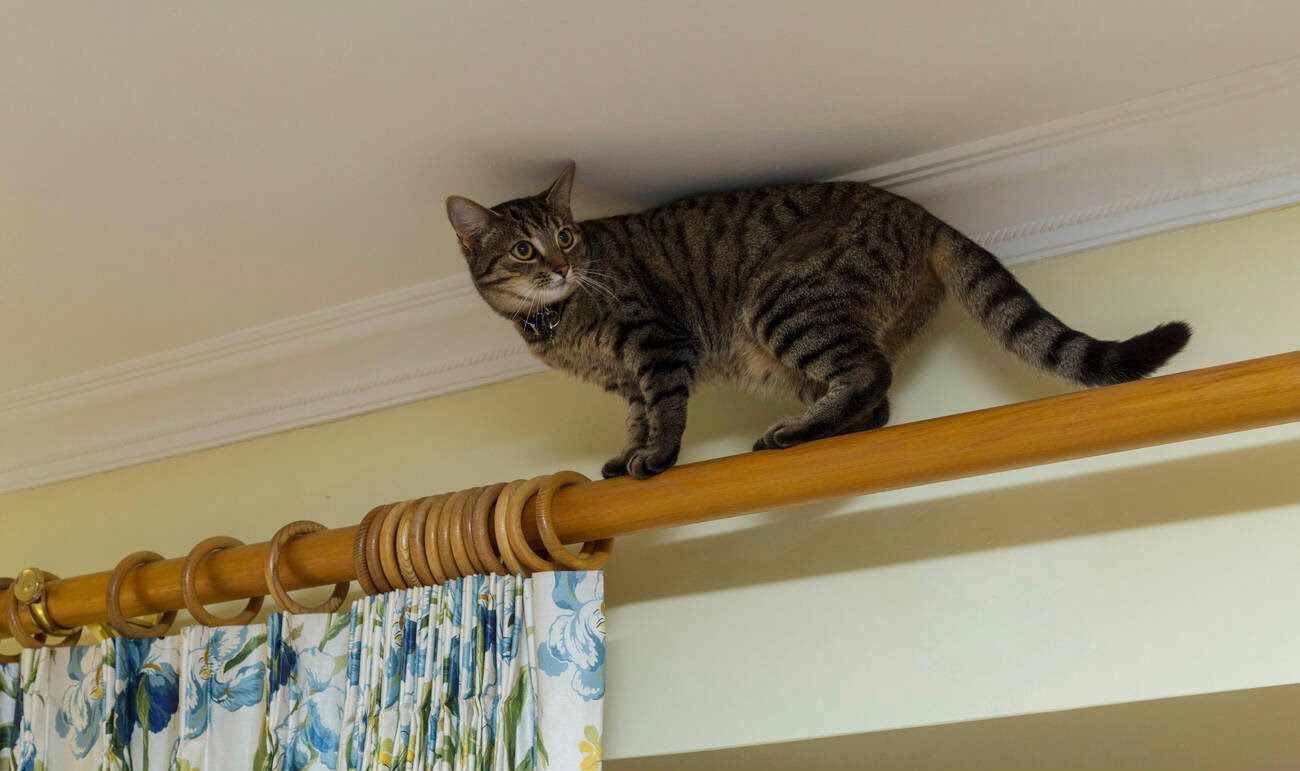

Articles
How To Stop Cat From Climbing Curtains
Modified: May 6, 2024
Learn effective techniques and strategies in our articles to prevent your cat from climbing curtains. Keep your curtains intact and your feline friend safe.
(Many of the links in this article redirect to a specific reviewed product. Your purchase of these products through affiliate links helps to generate commission for Storables.com, at no extra cost. Learn more)
Introduction
Welcome to our guide on how to stop your cat from climbing curtains! If you’re a cat parent, you’re probably all too familiar with the sight of your furry friend scaling your curtains like a nimble acrobat. While it may seem amusing at first, curtain-climbing can lead to damaged curtains, potential hazards for your cat, and a general mess in your home. Fortunately, with some understanding of your cat’s behavior and a few simple strategies, you can redirect their climbing instincts and preserve your curtains in the process.
Before we dive into the solutions, it’s important to understand why cats love to climb curtains in the first place. Cats are natural climbers; their ancestors were arboreal creatures, and climbing served as a means of hunting, escaping predators, and claiming territory. Even though domesticated cats no longer have to rely on these survival instincts, their climbing behavior is deeply ingrained.
Aside from their instinctual nature, cats also climb curtains for various reasons. It could be a way to alleviate boredom or anxiety, seek elevated vantage points, mark territory, or simply explore their environment. By addressing these underlying motivations, we can find effective ways to redirect their climbing behavior.
In the following sections, we will explore different techniques and strategies to discourage your cat from climbing curtains. These methods range from providing alternative climbing options to using deterrence techniques and introducing proper training. By implementing these strategies consistently, you can help your cat break their habit of climbing curtains and create a harmonious environment for both you and your feline companion.
Key Takeaways:
- Understanding your cat’s natural instincts and providing alternative climbing options, such as cat trees and interactive toys, can redirect their curtain-climbing behavior and create a harmonious environment for both you and your feline friend.
- Using deterrents, positive reinforcement training, and protective measures for your curtains can effectively discourage your cat from climbing while preserving the integrity of your home decor. If needed, seeking professional help can provide tailored solutions for modifying your cat’s behavior.
Read more: How To Stop A Cat From Peeing On Rugs
Understanding the Behavior of Cats
Before we delve into the solutions to prevent your cat from climbing curtains, it’s crucial to understand their behavior. Cats have a natural inclination to climb due to their evolutionary heritage as agile predators. By understanding the reasons behind their behavior, we can better address their climbing tendencies.
One reason cats climb curtains is the need for mental and physical stimulation. Cats are curious creatures that love to explore their surroundings. Climbing allows them to reach higher vantage points, giving them a sense of security and a better view of their territory.
Climbing also serves as basic instinctual behavior. Cats are territorial animals, and climbing helps them establish their presence and mark their territory. By gazing out from a high vantage point, cats can survey their surroundings, ensuring the safety of their territory.
Boredom can be another factor leading to curtain climbing. Indoor cats, in particular, may lack sufficient mental and physical stimulation, leading to frustration and restlessness. Climbing curtains can provide them with both a physical and mental challenge, as they navigate the fabric and explore different heights.
Additionally, climbing can be a response to anxiety or fear. Cats may seek refuge in high places when they feel threatened or stressed. Climbing curtains allows them to escape from perceived dangers or uncomfortable situations.
Understanding the underlying motivations behind your cat’s curtain climbing behavior will help you address the issue more effectively. By providing alternative climbing options, mental and physical stimulation, and minimizing stressors in their environment, you can redirect their energy towards more desirable behaviors.
Providing Alternative Climbing Options
If your cat is constantly climbing your curtains, providing alternative climbing options can be a game-changer. By offering appropriate and attractive alternatives, you can redirect their climbing behavior to designated areas.
Invest in a cat tree or scratching post: Cats love vertical spaces, and a cat tree or scratching post can provide an enticing alternative to curtains. Choose a sturdy and tall cat tree with multiple levels, platforms, and scratching surfaces. Place it near the curtains, so your cat has easy access to a suitable climbing and scratching area.
Use wall-mounted shelves or perches: Cats enjoy climbing and perching at different heights, and wall-mounted shelves or perches can fulfill this instinct. Install shelves or perches at varying levels on the walls, creating a mini indoor playground for your cat. This will encourage them to explore and climb in a safe and controlled environment.
Create elevated hiding spots: Cats love cozy hiding spots, and providing them with elevated hiding spots can keep them engaged and satisfied. Utilize shelves, boxes, or even a cat-friendly hammock to create elevated hiding spots around your home. These spots offer a safe retreat for your cat and can divert their attention away from the curtains.
Interactive toys and puzzles: Engaging your cat’s mind and body through interactive toys and puzzles can help reduce their desire to climb curtains. Toys that require batting, pouncing, or hunting motions can simulate their natural behaviors while providing an outlet for their energy.
Make use of vertical scratching surfaces: In addition to a cat tree or scratching post, a vertical scratching surface attached to a wall can provide an additional climbing option. These surfaces, such as sisal mats or cardboard scratchers, can be placed near the curtains to redirect your cat’s scratching behavior away from the fabric.
Remember, it’s essential to make the alternative climbing options more appealing than the curtains. Use treats, catnip, or interactive toys to entice your cat to explore and engage with these new areas. By providing enticing alternatives, you can gradually shift their focus away from climbing your curtains and towards these designated areas.
Using Deterrents and Training Techniques
In addition to providing alternative climbing options, using deterrents and training techniques can effectively discourage your cat from climbing curtains. These methods help create negative associations with curtain climbing and promote desired behaviors instead.
Utilize loud noises or sudden movements: Cats are sensitive to sudden sounds and movements. You can use this to your advantage by creating loud noises or sudden movements whenever your cat attempts to climb the curtains. Clap your hands, use a noise-making device, or shake a can filled with coins to startle your cat. This will interrupt their climbing behavior and make them associate it with an undesirable outcome.
Use motion-activated deterrents: Motion-activated deterrents can be a highly effective tool in preventing curtain climbing. These devices emit a burst of air or a harmless spray of water when they detect movement near the curtains. This surprises and discourages your cat from climbing the curtains while ensuring they associate the deterrent with the behavior.
Apply double-sided tape or aluminum foil: Cats dislike sticky or crinkly surfaces. Applying double-sided tape or aluminum foil to the bottom of the curtains, or even on the whole fabric, can deter them from climbing. The uncomfortable sensation of the tape or foil will make them seek alternative areas to climb, saving your curtains from their adventurous exploits.
Positive reinforcement training: Positive reinforcement training involves rewarding your cat for desired behaviors. Whenever you catch your cat refraining from climbing the curtains, reward them with treats, praise, or playtime. By associating positive experiences with alternative behaviors, such as using the cat tree or engaging with toys, your cat will be more motivated to continue these activities instead of climbing the curtains.
Redirect and engage in play: Cats often climb curtains out of boredom or excess energy. Engaging your cat in interactive play sessions can redirect their attention and energy towards more appropriate activities. Use toys, such as wand toys or laser pointers, to engage them in rigorous play sessions. This will tire them out and reduce their inclination to climb curtains out of boredom.
Consistency and patience are key when using deterrents and training techniques. It may take time for your cat to break the habit of climbing curtains, so be persistent and reward their positive behaviors. With time, they will learn to associate climbing alternatives with positive experiences and choose these alternatives over the curtains.
Provide alternative climbing options for your cat, such as a tall scratching post or cat tree, to redirect their behavior away from the curtains. Additionally, use deterrents like double-sided tape or aluminum foil on the curtains to discourage climbing.
Protecting Your Curtains
While providing alternative climbing options and using deterrents can help prevent your cat from climbing curtains, it’s also important to take steps to protect your curtains from potential damage. Here are some strategies to safeguard your curtains:
Secure curtain rods: Make sure your curtain rods are securely mounted to the wall. This will ensure that they can handle any climbing attempts by your cat without falling down. Consider using heavy-duty brackets or additional supports to reinforce the stability of the curtain rods.
Use curtain ties or hooks: Use curtain ties or hooks to keep the curtains pulled back and out of reach. This not only prevents your cat from climbing the curtains but also helps maintain the overall appearance of your curtains. Opt for decorative ties or hooks that complement your curtains and add a touch of style to your windows.
Choose curtains wisely: When selecting curtains for your home, consider their material and texture. Avoid curtains made of delicate fabrics that can easily be snagged or torn. Opt for thicker fabrics or curtain materials that are less enticing for your cat to climb. Also, consider patterns or colors that can help conceal any potential claw marks or stains.
Apply deterrent sprays: There are commercially available sprays designed to deter cats from scratching or climbing furniture. Look for sprays that specifically target vertical surfaces, and apply them to the bottom of your curtains. The strong scent or taste of these sprays can discourage your cat from approaching the curtains.
Consider alternative window treatments: If your cat’s climbing tendencies persist despite your efforts, you may want to explore alternative window treatments. Consider installing blinds, shades, or window films that are less appealing for your cat to climb. These options can still provide privacy and light control while minimizing the risk of curtain damage.
Regularly trim your cat’s claws: Keeping your cat’s claws trimmed can help reduce the damage caused to your curtains. By maintaining shorter claws, your cat will have less ability to grip and climb the fabric. Consult with your veterinarian or a professional groomer for guidance on how to safely trim your cat’s claws.
By implementing these protective measures, you can minimize the risk of damage to your curtains while actively working to discourage your cat from climbing them. Remember, a combination of training techniques, alternative climbing options, and curtain protection strategies will yield the best results in keeping your curtains intact and your cat satisfied.
Read more: How To Stop Cats From Peeing On The Carpet
Seeking Professional Help if Necessary
If you’ve tried various techniques to discourage your cat from climbing curtains and the behavior persists or escalates, it may be time to seek professional help. Consulting with a veterinarian or a professional animal behaviorist can provide valuable insights and guidance tailored to your cat’s specific needs.
Veterinarian consultation: In some cases, curtain climbing behavior could be a sign of underlying health issues or anxiety. A visit to the veterinarian can help rule out any medical reasons for the behavior. They can assess your cat’s overall health, discuss potential contributing factors, and recommend appropriate interventions or medications if necessary.
Professional behaviorist: A professional animal behaviorist, particularly one specializing in cats, can offer expertise in understanding and modifying your cat’s behavior. They can evaluate your cat’s environment and behavior patterns, identify triggers for curtain climbing, and develop a personalized behavior modification plan. A behaviorist can guide you through the process of training techniques, provide additional strategies, and offer ongoing support throughout the behavior modification journey.
With the help of a professional, you can gain a deeper understanding of the underlying reasons for your cat’s curtain climbing behavior and receive expert advice on how to effectively address it. They can provide you with customized solutions that take into account your cat’s temperament, environment, and specific needs.
Remember, seeking professional help is not a sign of failure but rather a proactive step towards resolving the issue. Cat behavior can be complex, and an experienced professional can help you navigate through the challenges more effectively.
It’s important to stay patient and persistent throughout the process, as behavior modification may take time and require consistent effort. With professional guidance, you can work towards modifying your cat’s behavior, ensuring their well-being, and maintaining a harmonious living environment for both you and your feline companion.
Conclusion
Curtain climbing can be a frustrating and destructive behavior for cat owners. However, with understanding, patience, and the implementation of effective strategies, you can help your cat break this habit. By providing alternative climbing options, using deterrents and training techniques, protecting your curtains, and seeking professional help when needed, you can redirect your cat’s climbing instincts and preserve the integrity of your curtains.
Understanding your cat’s natural behavior and motivations behind curtain climbing is key to addressing the issue. Cats have an innate need for mental and physical stimulation, as well as a desire to mark territory and seek elevated vantage points. By providing appropriate alternatives, such as cat trees, wall-mounted shelves, and interactive toys, you can redirect their climbing instincts to more suitable areas.
Additionally, using deterrents, such as loud noises or motion-activated devices, can help create negative associations with curtain climbing. Positive reinforcement training, redirection through play, and consistent use of these techniques can help your cat understand that climbing curtains is not a desirable behavior.
Protecting your curtains through secure installation, using curtain ties or hooks, and choosing cat-friendly curtain materials can help minimize potential damage. Applying deterrent sprays and considering alternative window treatments are additional steps you can take to safeguard your curtains.
If your cat’s curtain climbing behavior persists or escalates despite your efforts, seeking professional help from a veterinarian or animal behaviorist is recommended. They can provide a comprehensive evaluation of your cat’s health, behavior, and environment, and offer tailored strategies and interventions to address the issue effectively.
Remember, modifying your cat’s behavior takes time and consistency. It’s important to remain patient and persistent throughout the process. By implementing these strategies and seeking professional assistance if needed, you can redirect your cat’s climbing instincts, preserve your curtains, and create a harmonious living environment for both you and your beloved feline companion.
Curious about more ways to refine your cat's manners? If keeping curtains safe from feline adventures was helpful, mastering bathroom etiquette might just be the next step. Our guide on how to train cats to use the toilet offers practical advice and insightful tips, making life simpler for both you and your pet. Don't miss out on turning another corner in pet training; check out our detailed article for all the know-how you'll need.
Frequently Asked Questions about How To Stop Cat From Climbing Curtains
Was this page helpful?
At Storables.com, we guarantee accurate and reliable information. Our content, validated by Expert Board Contributors, is crafted following stringent Editorial Policies. We're committed to providing you with well-researched, expert-backed insights for all your informational needs.

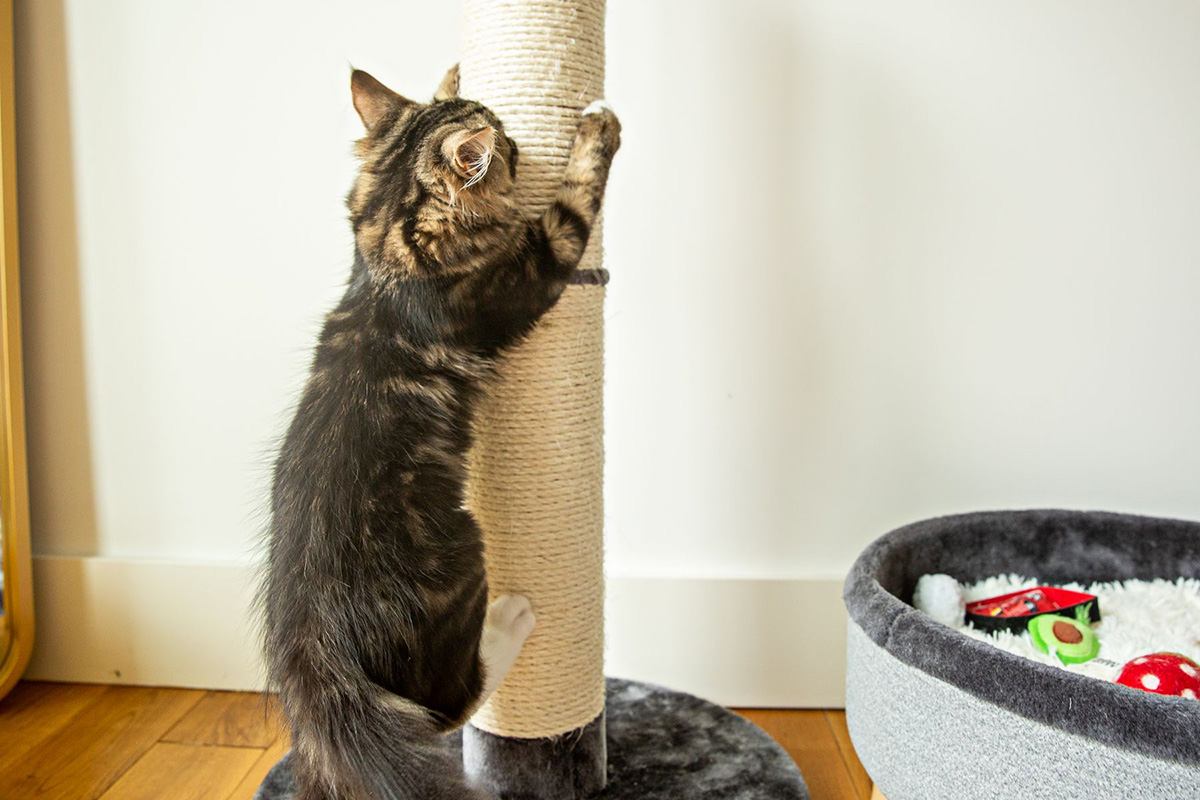



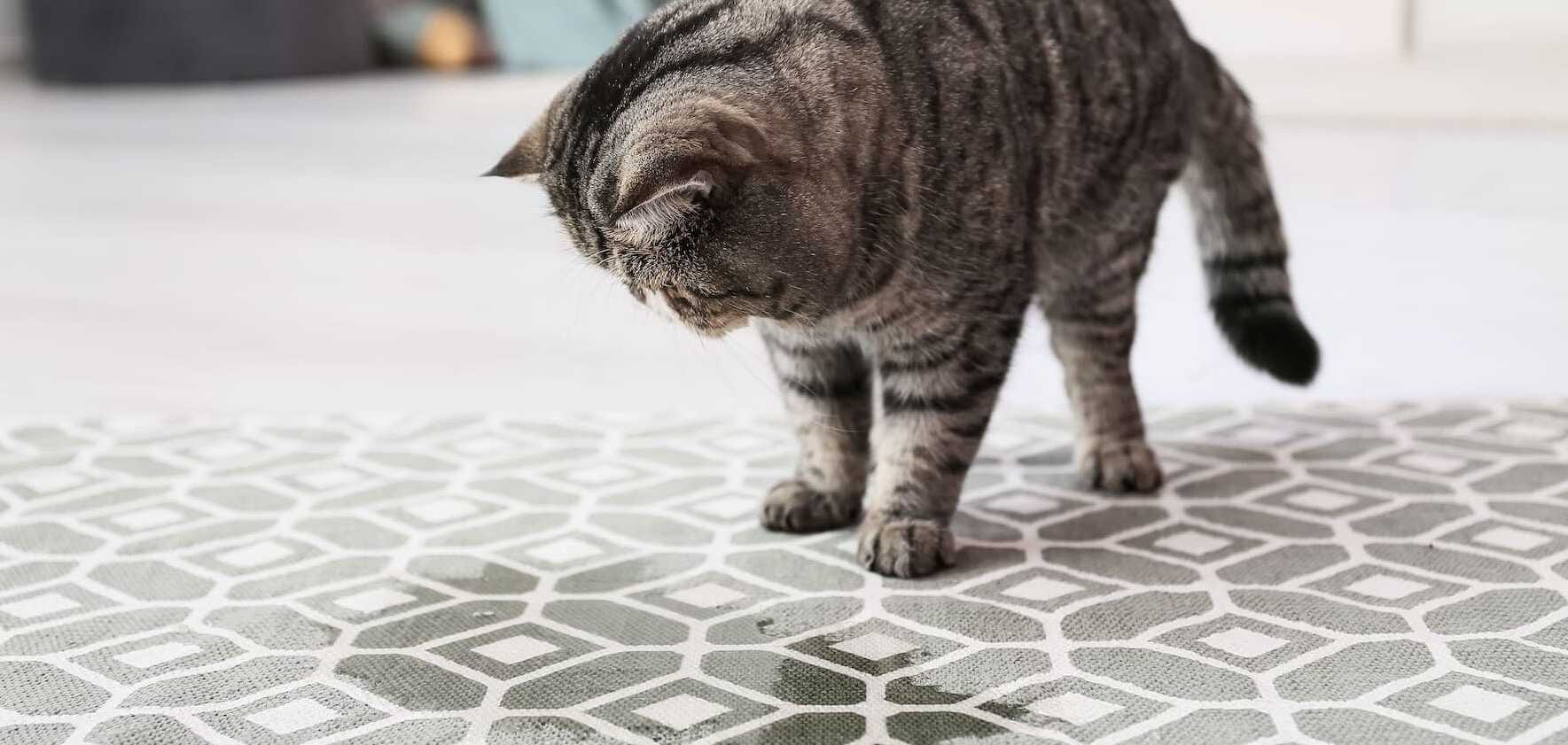
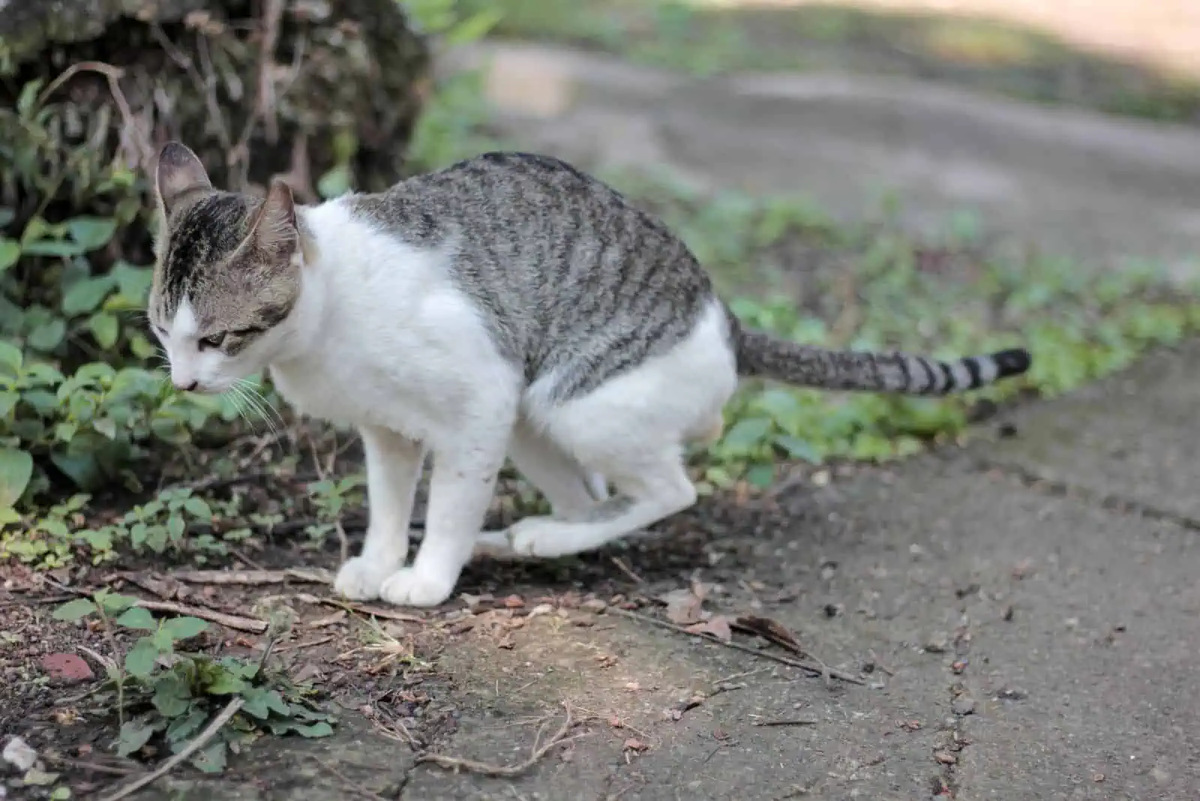
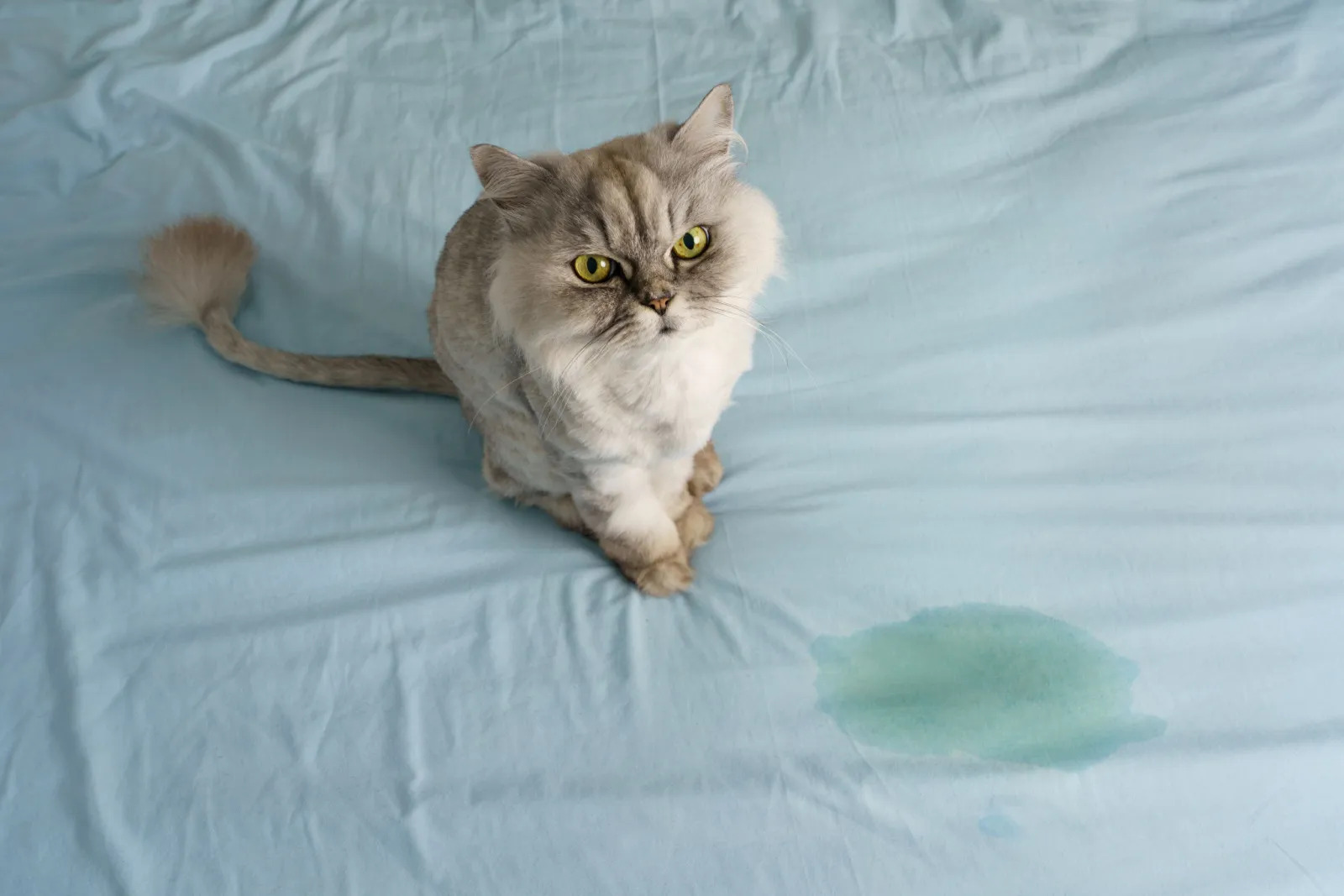



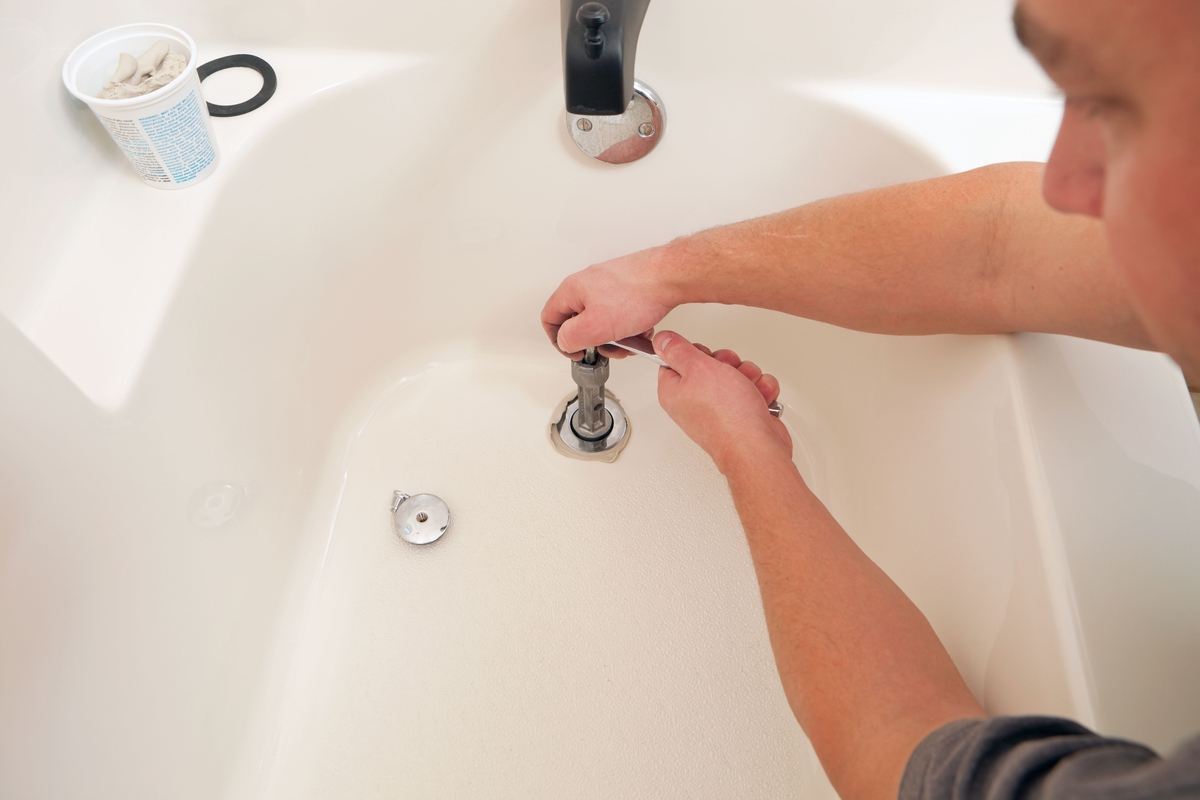

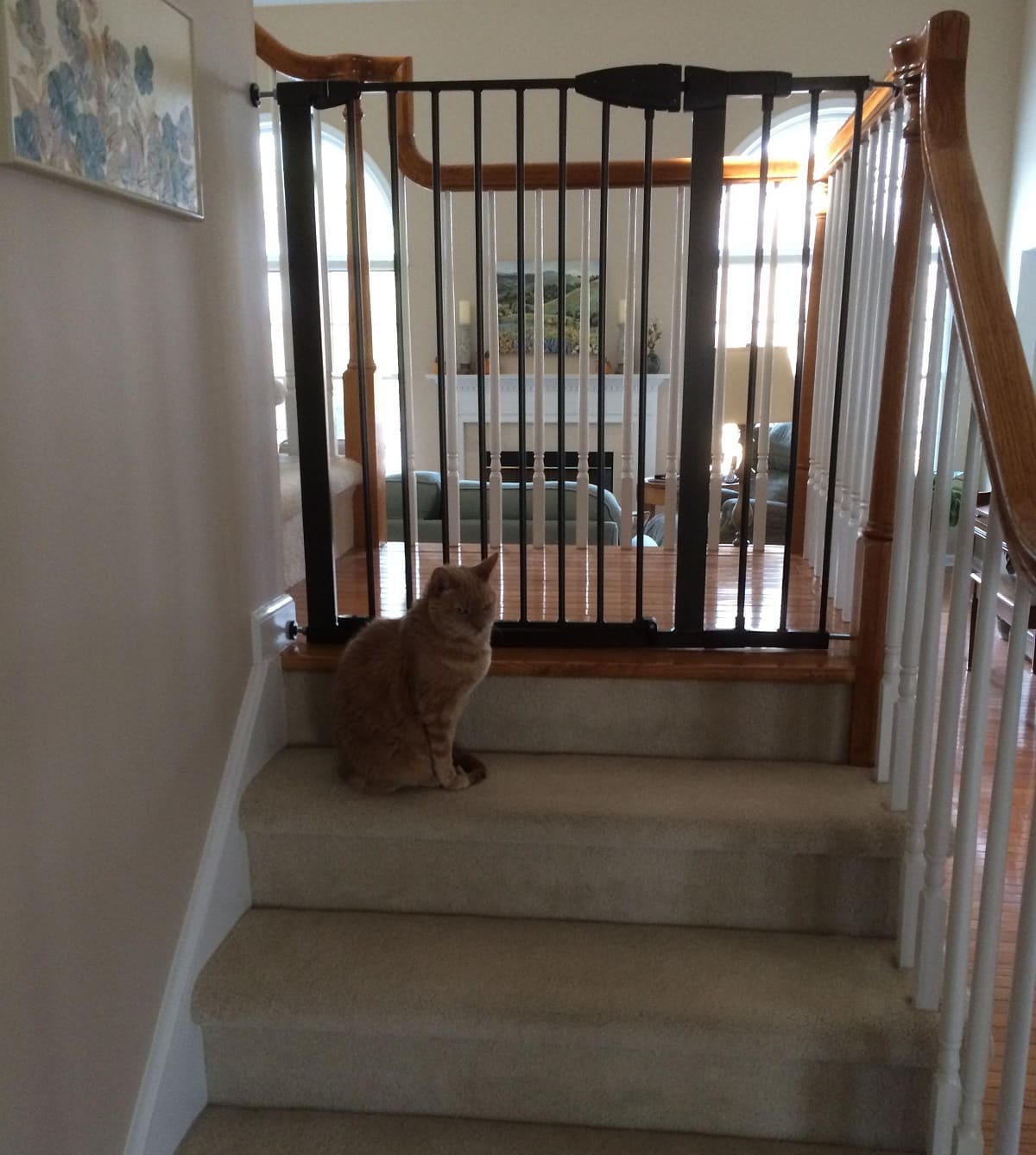

0 thoughts on “How To Stop Cat From Climbing Curtains”